The art of maintaining a clay pot, especially a new one, has been passed down through generations in many cultures. Among the most enduring pieces of advice is the practice of boiling rice or porridge in a new clay pot to prevent cracking. While this might sound like an old wives' tale, there’s actually a scientific basis behind this traditional wisdom. Understanding why this method works requires a closer look at the nature of clay and how it interacts with heat and moisture.
Clay pots are porous by nature. The tiny gaps between clay particles, often referred to as capillaries, allow for even heat distribution and moisture retention, which is why they’re prized for slow cooking. However, these same pores can also be a source of weakness. When exposed to sudden temperature changes, the uneven expansion of the clay can lead to cracks. This is where the practice of boiling starchy liquids like rice porridge comes into play.
The starch in rice or grains acts as a natural filler. When a new clay pot is used to cook porridge, the starch particles seep into the microscopic pores of the clay. As the liquid evaporates, the starch hardens, effectively sealing those gaps. This process strengthens the structure of the pot, making it less prone to thermal shock. Over time, this creates a more resilient cooking vessel that can withstand higher temperatures without cracking.
Another benefit of this method is that it conditions the pot for future use. A well-seasoned clay pot develops a natural non-stick surface, enhancing its cooking performance. The starch layer not only fills the pores but also creates a smoother interior, reducing the chances of food sticking. This is particularly useful for dishes that require long simmering times, such as stews or braised meats.
Timing and technique matter when preparing a new clay pot. It’s recommended to first soak the pot in water for a few hours to allow the clay to absorb moisture gradually. After draining, the pot should be filled with a mixture of water and rice (or another starchy grain) and brought to a gentle boil. The mixture should simmer for at least an hour before being left to cool naturally. Rushing this process or using high heat can cause stress fractures, defeating the purpose of the treatment.
Interestingly, this method isn’t limited to rice porridge. Some cultures use alternatives like cornmeal, oatmeal, or even leftover bread soaked in water. The key is the presence of starch, which binds to the clay and reinforces its structure. This technique is especially important for unglazed clay pots, as glazed versions already have a protective layer that reduces porosity.
Beyond preventing cracks, this practice also enhances the flavor of food. A well-cured clay pot imparts a subtle earthiness to dishes, something that many chefs and home cooks cherish. The gradual sealing of the pores ensures that the pot retains moisture better, leading to more tender and flavorful results. This is why many traditional recipes insist on using seasoned clay pots rather than new ones.
While modern cookware offers convenience, the charm and functionality of clay pots remain unmatched for certain dishes. Taking the time to properly prepare a new pot not only extends its lifespan but also elevates the cooking experience. Whether you’re making a hearty stew or a delicate rice dish, a well-treated clay pot can make all the difference in taste and texture.
In a world where quick fixes and disposable items dominate, the patience required to season a clay pot might seem outdated. Yet, those who take the time to follow these age-old steps often find that the results speak for themselves. A crack-free pot that improves with each use is a testament to the wisdom of traditional cooking methods.
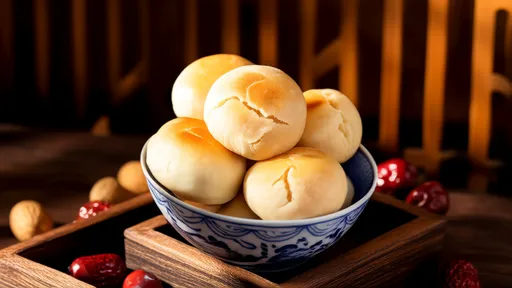
By /Jul 31, 2025
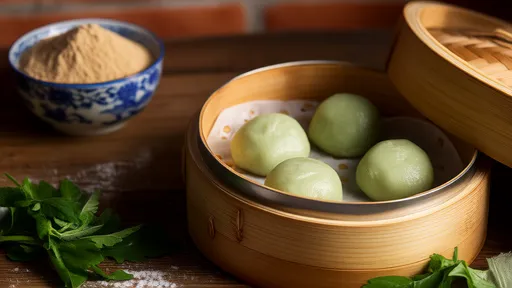
By /Jul 31, 2025
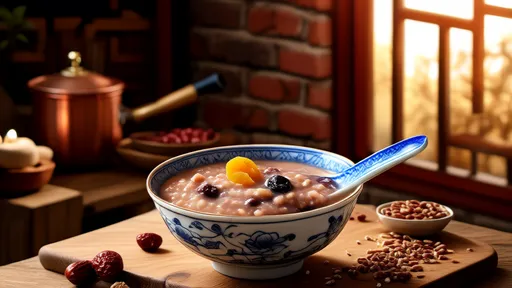
By /Jul 31, 2025
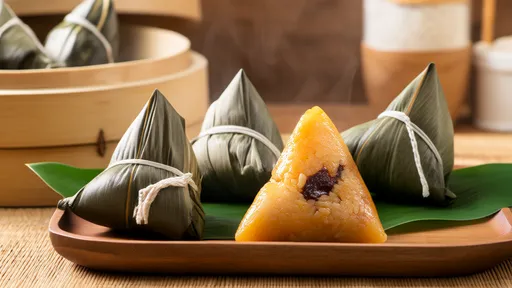
By /Jul 31, 2025

By /Jul 31, 2025

By /Jul 31, 2025

By /Jul 31, 2025
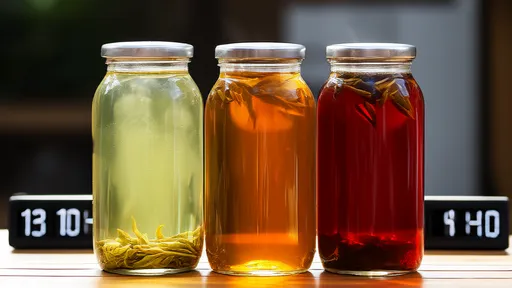
By /Jul 31, 2025

By /Jul 31, 2025
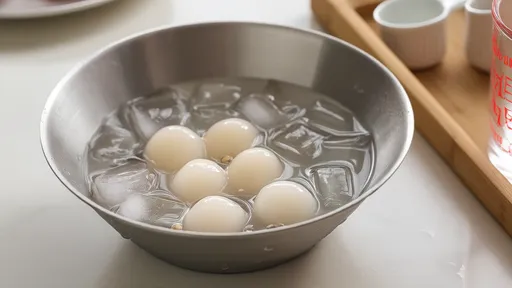
By /Jul 31, 2025
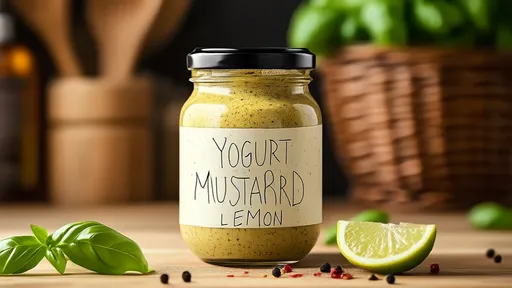
By /Jul 31, 2025
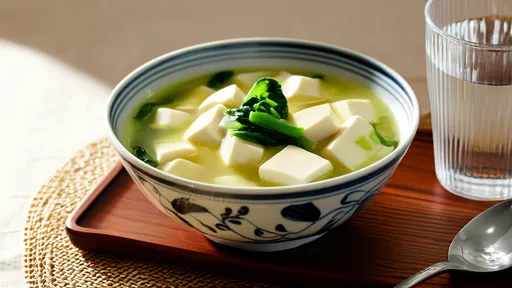
By /Jul 31, 2025
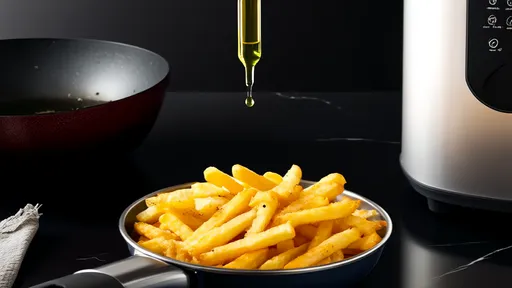
By /Jul 31, 2025
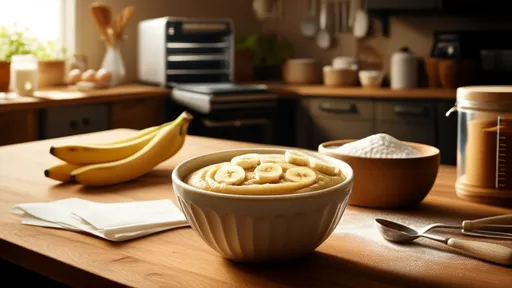
By /Jul 31, 2025
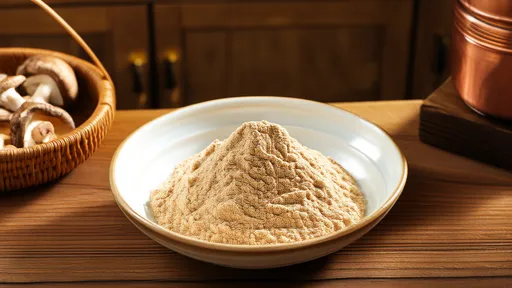
By /Jul 31, 2025
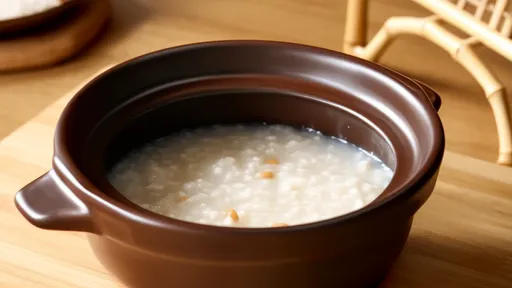
By /Jul 31, 2025
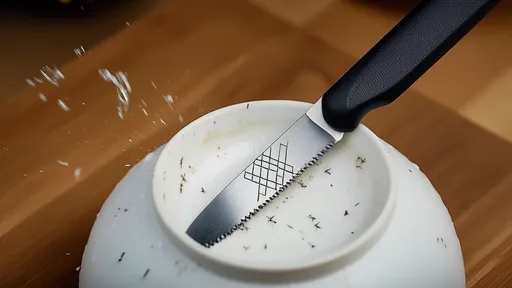
By /Jul 31, 2025
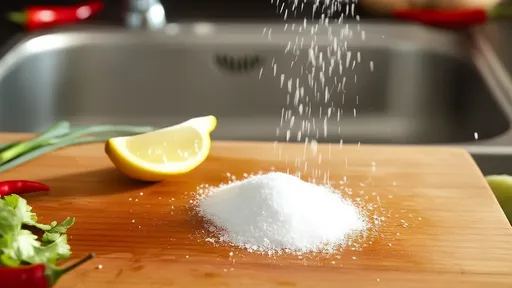
By /Jul 31, 2025
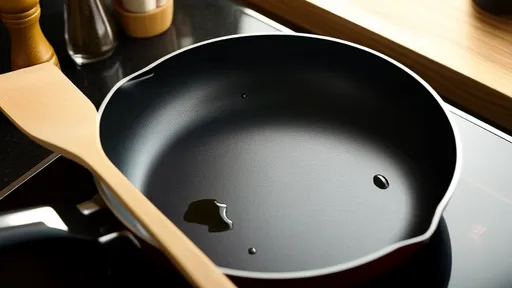
By /Jul 31, 2025
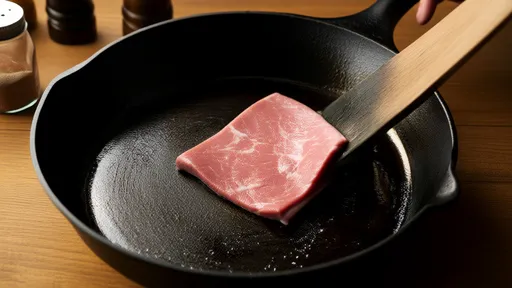
By /Jul 31, 2025